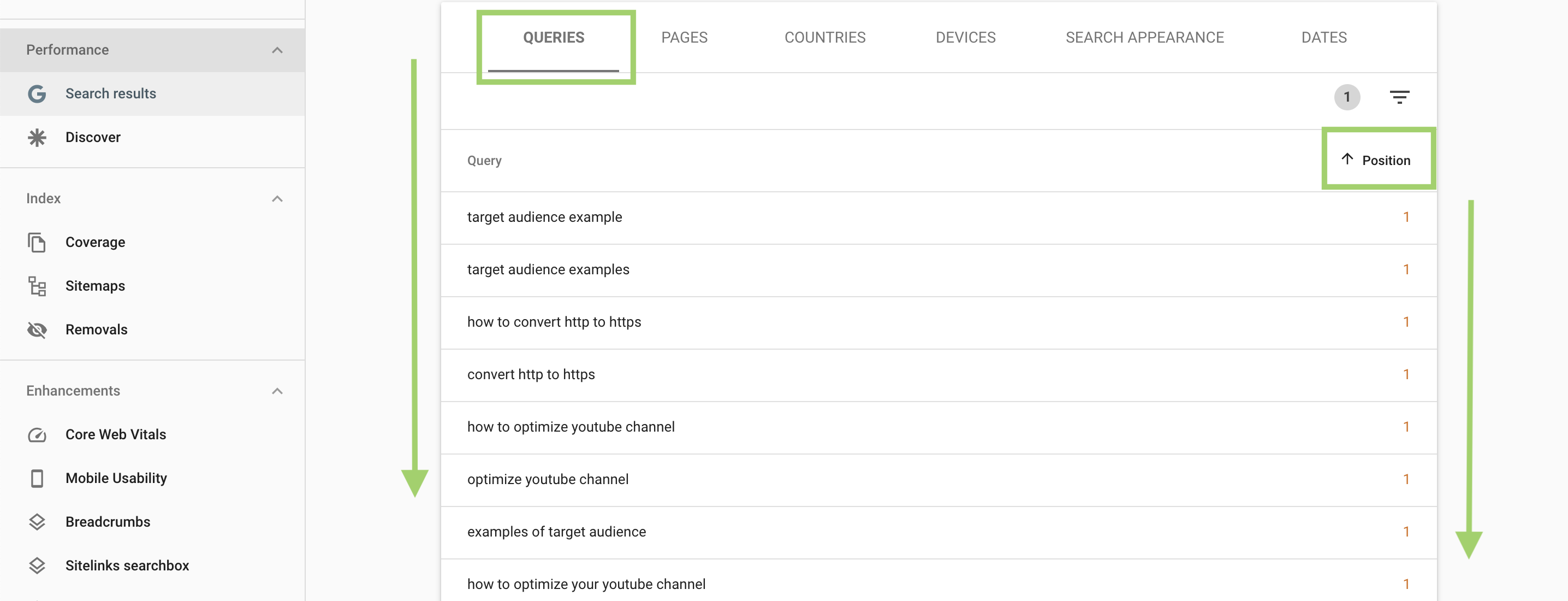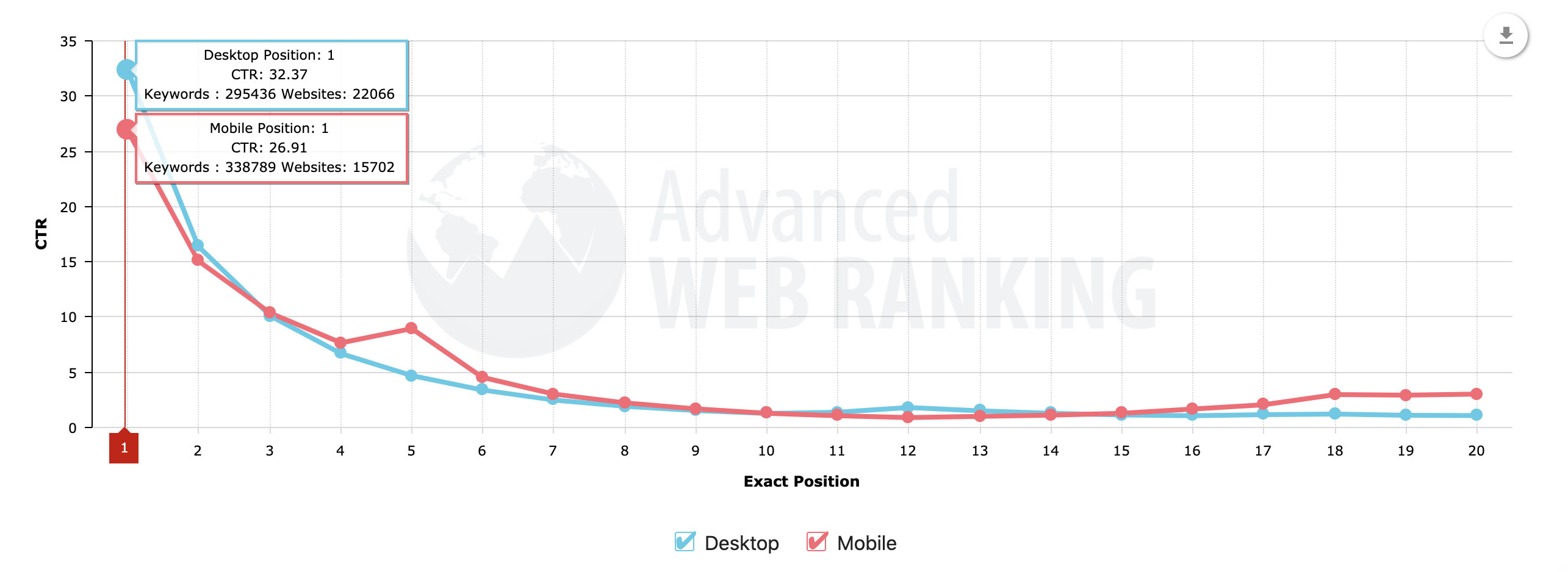A lot is up in the air right now for content marketers.
Yes, most lockdown restrictions are being lifted in places like the U.S. and the U.K.
However, that can change within the next 6 months; and even if it doesn’t, marketers’ circumstances can still shift as consumers and businesses react to coronavirus’s ebb and flow.
It makes planning ahead a challenge, which is especially frustrating if you’re the type who likes to have their content marketing efforts mapped out a month or more in advance.
How can you be sure the keywords you’re targeting now will be relevant by the time your blog post actually goes live? How do you know if a topic will even be appropriate a month from now? What if something happens between now and then that might influence how you address a certain subject or potentially eclipses a big white paper launch you’ve been planning?
On top of all the uncertainty, you may already be working with a slightly leaner team than usual.
But before you start panicking – or for that matter, trying to answer any of the questions above – focus on the one question that matters most:
How can I maintain content marketing agility these next 6 months – and beyond?
There are a few ways to answer this question. Let’s look at some of the methods that have served us well thus far:
Take stock of your most essential operations
We’ve always said that content marketing is more of a marathon than a sprint, and that’s true.
But in uncertain times, when you don’t have the luxury of knowing how hamstrung your audience will be in a few months, you have to focus on your immediate content priorities.
Start by taking stock of your essential marketing efforts. In our case, these are:
- Blog posts: We earn the majority of our site traffic through organic search, and nearly all of our email and social media marketing campaigns are built around blog content.
- Search engine optimization: A portion of our content is dedicated to non-keyword focused COVID-19 topics that our audience finds useful right now. However, 60% of our blog content is still created with the intent of targeting keywords that are important to our brand for search engine optimization purposes.
- Lean email marketing: Every week we still send out our newsletter to subscribers and feature a blog post in an email to our larger database. If we have time – or the occasion – we create email content for a more targeted list.
- Minimal social media marketing: In our case, social media doesn’t generate as much commercially-minded traffic as email marketing and organic search. However, we make a point to maintain our profiles, which is why we continue to share our latest content once or twice a day with our audiences on those channels.
Your marketing may look exceptionally different than ours, which is totally fine. If, for instance, you lean more heavily on social media for lead nurturing than email, then by all means – focus your time and energy there.
Focus on timely opportunities
Every year around the Fourth of July, our U.S. market sees a bit of a slump in leads and sales.
As such, we’re now in the process of ramping up some of our lead nurturing efforts.
So, even though deep-funnel content (case studies, eBooks, etc.) and sales emails don’t even make our aforementioned list of “essential operations,” we’re focusing on stuffing our pipeline right now because we know that there’s likely a slowdown just around the bend.
That, in an anecdote, is what we mean when we say “focus on timely opportunities.”
We know we’ve historically had fewer lead-nurturing opportunities in early July, so we’re trying to capitalize on the opportunities we have at this point in time in anticipation of a slump.
As a general rule, you should always be doing this in marketing and sales.
The only difference is that now, you can’t get away with not doing it. Until sales pipelines have greater stability, you may need to reallocate some of your usual resources to ad-hoc tactics and projects.
In fact, we’ve seen a lot of this in the form of unusual client asks of late: Rush turnarounds for a sales slide deck, splicing grainy webcam footage into a polished video and even creating work-from-home Bingo cards.
Try your hand at the quickest win of all: Re-optimization
Re-optimizing content ranking on or near Page 1 for a certain keyword is one of the least labor-intensive and most immediate ways to improve your company’s presence on organic search.
Basically, you find the pages that are performing relatively well for a particular keyword and you update them with relatively minor revisions.
On average, we can reoptimize about 3 blog posts in the time that it usually takes to write 1 new blog. It’s fast, efficient and from our experience, it works wonders.
Let’s delve into some more details here.
Re-optimization involves identifying search terms your site is very close to ranking in position 1 for, and then optimizing the page ranking for that term.
It’s super easy to find out which of your webpages rank well in search and exactly which search terms (aka, queries and keywords) they rank for:
- Open your Google Search Console dashboard.
- On the left-hand column under “Performance,” select “Search Results.”
- Select “Average Position” in the chart that appears and deselect everything else.
- Select “Queries” from the tabs just underneath the graph, and then filter by “Position.”
Once you’ve done that, you’ll see a list of the queries you rank for by position, like so:

To see exactly which of your pages is ranking for that keyword, just click on it. Try to identify all the keywords that you’re ranking for in positions 4 through 13.
After you have a list of keywords and their corresponding pages, use your keyword research tool (Ahrefs, Moz, SEMrush, etc.) to figure out the monthly search volume, keyword difficulty and, most importantly, what sites stand between you and position 1 for that spot.
Monthly search volume is important because it will help you estimate how many clicks your page stands to gain if you improve its position in search engine results. As you can see, the higher the position in search, the better the chances of getting clicks:

Your goal is to figure out if the time and effort you’ll put into the re-optimization will be worth the increase in clicks. That depends on the number of times that keyword is actually searched. Jumping from position 5 to position 2 for a keyword that only has a search volume of 10, for instance, might earn you a few more clicks each month. So it probably isn’t worth the effort.
As a general rule, if you estimate that you stand to increase clicks by 50 or more, go for it.
You also need to be mindful of the pages that you’re trying to supplant. Pay attention to the Domain Authority and Page Authority (sometimes called authority score) of those pages. If those competitors’ DA and PA are much higher than your own, you’ll have a tough – though not impossible – time ousting them.
Once you’ve found the keyword you want to target, it’s time to figure out exactly what you can do to enhance your on-page content so as to outrank the competition – and more specifically, what topics and subjects you should add to your existing page copy. We use a tool called MarketMuse to effectively automate this part of the process.
SEMrush’s “SEO Content Template” feature can also be handy for showing you secondary (aka, “semantic”) keywords to reference in the content.
Finally, you can begin adjusting your content to try to improve its chances of ranking higher.
The initial process of identifying which queries and pages to target can be a bit tedious. However, it will help you identify dozens of keywords that you’re already ranking for, and then improve those rankings without having to create an entirely new piece of content.
A final thought: Think flexibly
It may hurt to hear, but if you’re the type of person who likes a highly predictable day, marketing may not be right for you – especially not right now.
I say this as someone who has learned more about digital marketing in the past 3 months than in the past 3 years – largely out of necessity.
The simple truth is that flexibility and willingness to adapt are the only ways to get through the ebbs and flows of the next 6 months – both individually and as a department or company.
And who knows. Maybe the worst is in fact behind us. I certainly hope so.
But if you take the time now to nurture a more agile, responsive marketing program, it won’t matter, because you’ll be ready for just about anything.





